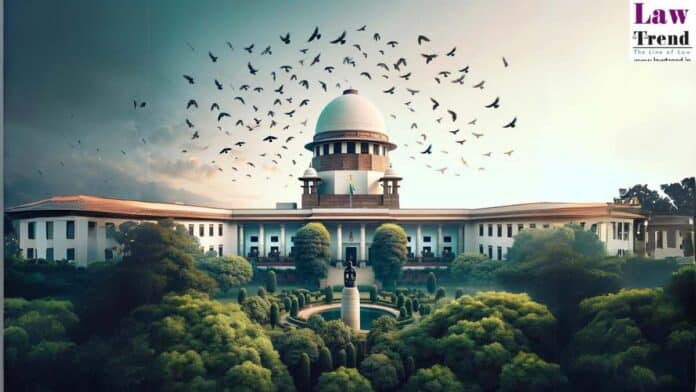The Supreme Court commenced hearing on Tuesday on the vexed issue of whether the royalty payable on minerals extracted, as provided for under the Mines and Minerals (Development and Regulation) Act, 1957, is in the nature of tax.
The issue that will have ramifications over the dispute on liability on the minerals extracted arose after the 1989 verdict in the case of India Cements Limited versus State of Tamil Nadu by a seven-judge bench of the apex court, where it was held that royalty was a tax.
However, a five-judge bench of the apex court held in 2004 in State of West Bengal versus Kesoram Industries Limited that there was a typographical error in the 1989 verdict and said royalty was not a tax. The dispute was referred to a larger nine-judge bench.
A nine-judge headed by Chief Justice D Y Chandrachud commenced the hearing on a batch of 86 appeals filed by mining companies, public sector undertakings (PSUs) and state governments arising from conflicting verdicts passed by different high courts.
Senior advocate Rakesh Dwivedi, appearing for the Mineral Areas Development Authority of Jharkhand, opened the argument, saying, “We are grateful for the constitution of this bench. This matter is coming up after 20 years. Whereas states are suffering from loss of taxes, the other side will be burdened with heavy taxation. This is another issue that needs to be dealt with later because the balance will be running into thousands of crores.”
The bench, also comprising Justices Hrishikesh Roy, Abhay S Oka, B V Nagarathna, J B Pardiwala, Manoj Misra, Ujjal Bhuyan, Satish Chandra Sharma and Augustine George Masih, was told by Dwivedi that on March 30, 2011, the matter was referred to a nine-judge bench by framing 11 questions on the issue.
The senior lawyer submitted that royalty under the Mines and Minerals (Development and Regulation) Act or any other law is not a tax as tax is a sovereign imposition to meet the needs of a government, a view that has been held in various verdicts of the apex court.
“The normal understanding is that royalty is being paid to the owner of the mineral, whether government or private. The owner, who is parting with the mineral to the lessee, is required to pay the royalty,” he said.
During the hearing, which continued for the entire day, Dwivedi submitted that before independence, many states had their own sets of rules and regulations on mineral extraction and there was no uniformity.
“Therefore came the need for uniformity but uniformity, partial uniformity or broad uniformity or differentiation in royalty does not mean it is a tax. It was a classification done by Parliament and the central government. The argument from the other side that there is uniformity and hence, it is a tax cannot be sustained,” he said.
Dwivedi said there can be uniformity, partial uniformity or differential imposition of royalty in different areas or states by the Centre, but that does not mean it is a tax.
Assailing the 1989 verdict in the India Cements case, Dwivedi said there was no discussion or debate on whether royalty is a tax or not and the seven-judge bench had referred to a Mysore High Court verdict that had held that royalty was tax.
Also Read
He added that it was expected of a seven-judge bench that it would give its reasoning as to why the Mysore High Court verdict was accepted and no other view was taken into consideration.
“The 1989 verdict gave an abrupt conclusion,” Dwivedi said, adding that the 2004 verdict clarified the position and took a correct view.
Justice Roy told Dwivedi that the court is unable to find a connection between the conclusion and the preceding paragraphs of the 1989 verdict that held that royalty is tax.
Dwivedi said post the 1989 verdict, various high courts followed it and went astray.
The hearing remained inconclusive and would continue on Wednesday.




